When LIGO and Virgo detected the echoes that likely came from a collision between a black hole and a neutron star, dozens of physicists began a hunt for the signal’s electromagnetic counterpart.
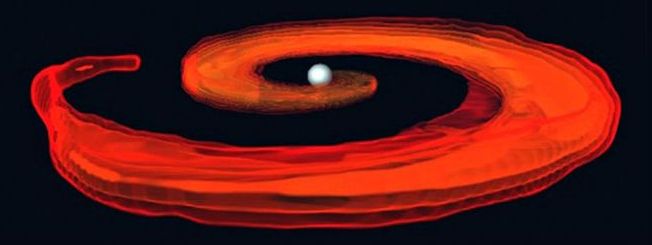

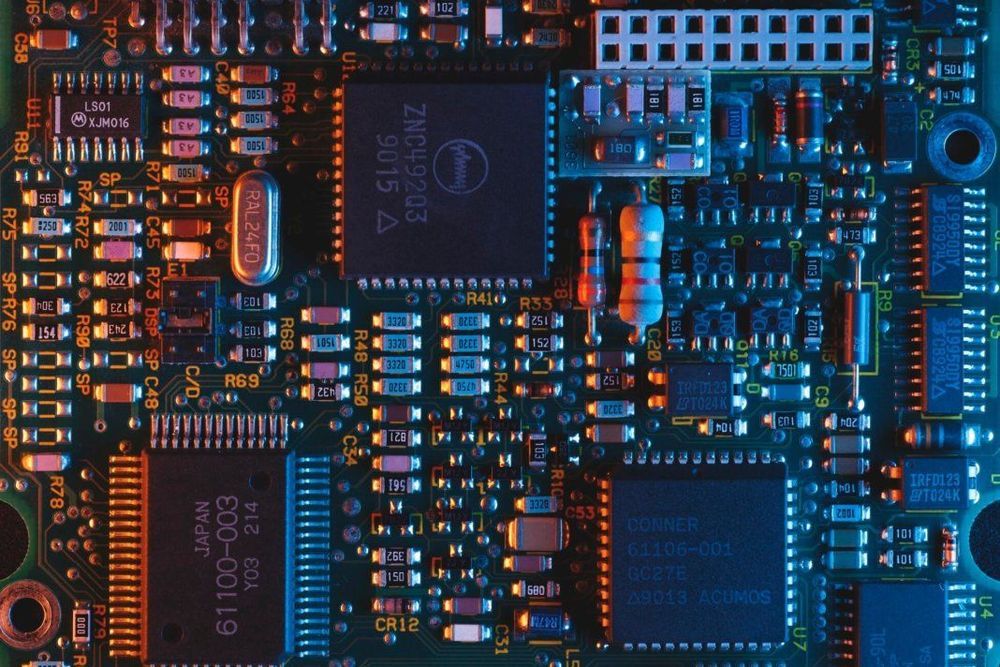
“Dark silicon” sounds like a magical artifact out of a fantasy novel. In reality, it’s one branch of a three-headed beast that foretells the end of advances in computation.
Ok—that might be too dramatic. But the looming problems in silicon-based computer chips are very real. Although computational power has exploded exponentially in the past five decades, we’ve begun hitting some intractable limits in further growth, both in terms of physics and economics.
Moore’s Law is dying. And chipmakers around the globe are asking, now what?
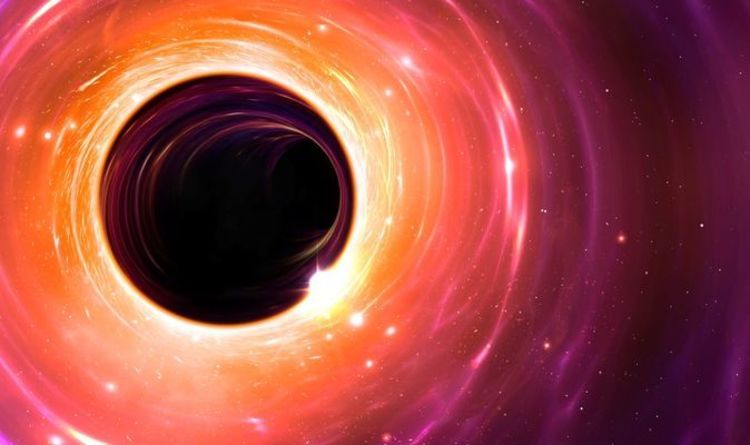

(VATICAN CITY) — Pope Francis on Friday warned tech company executives, diplomats and financiers that the race to create artificial intelligence and other forms of digital development pose the risk of increasing social inequality unless the work is accompanied by an ethical evaluation of the common good.
Francis addressed a Vatican conference that brought government envoys and Facebook and Google representatives together with philosophers, physicists and ethicists. A smattering of academics and Catholic bishops rounded out participants at “The Common Good in the Digital Age” conference.
The three-day gathering is the latest evidence of the Vatican wanting a place in the debate over the prospects and perils of artificial intelligence.
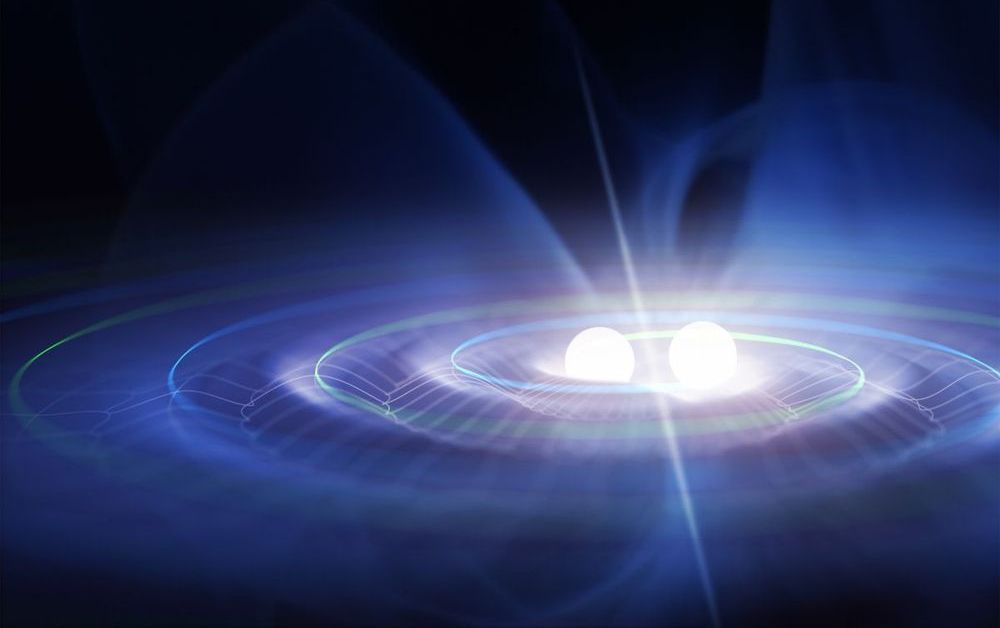
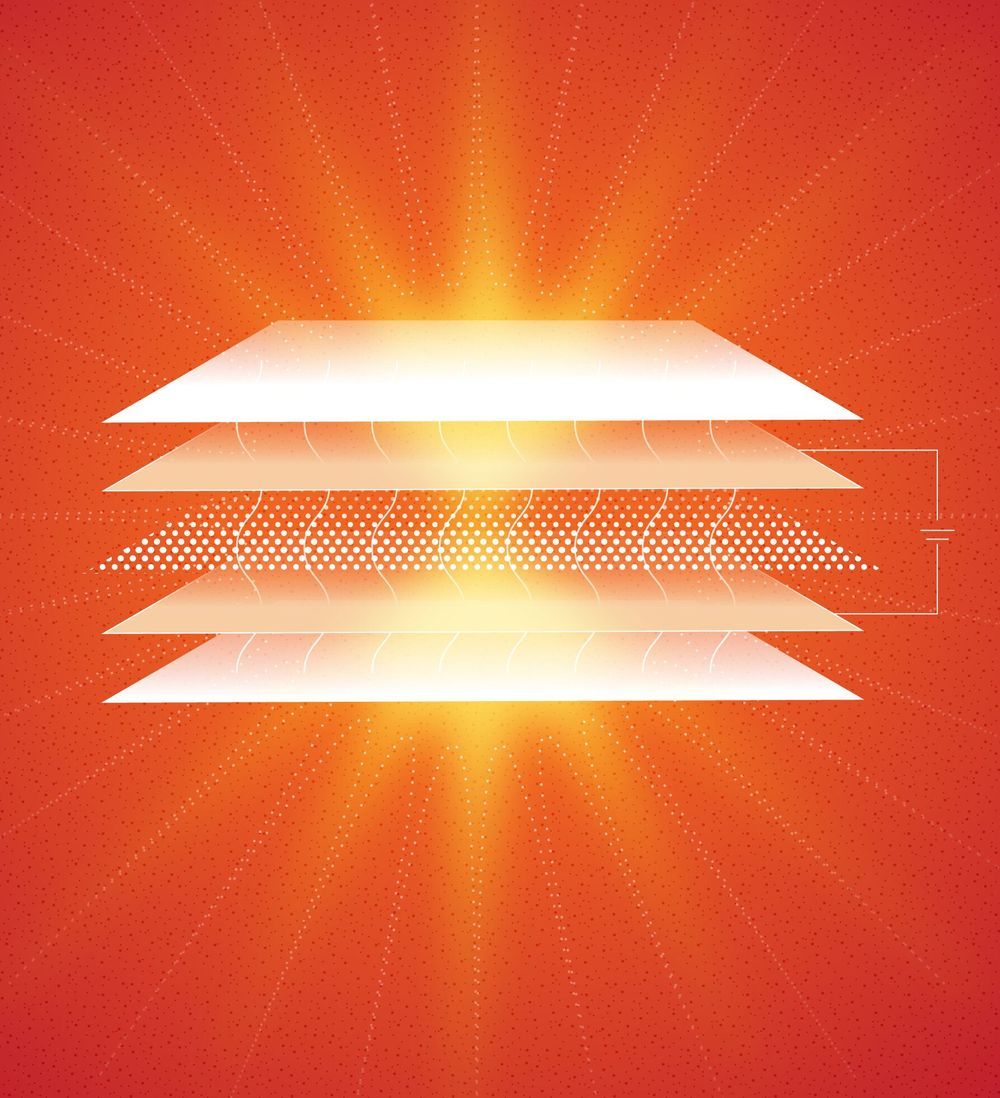
In two breakthroughs in the realm of photonics, City College of New York graduate researchers are reporting the successful demonstration of an LED (light-emitting diode) based on half-light half-matter quasiparticles in atomically thin materials. This is also the first successful test of an electrically driven light emitter using atomically thin semiconductors embedded in a light trapping structure (optical cavity).
The research is led by graduate physics student Jie Gu and post-doctoral fellow Biswanath Chakraborty, in collaboration with another graduate student, Mandeep Khatoniyar.
According to Vinod Menon, chair of physics in City College’s Division of Science and the research team’s mentor, their double feat, reported in the journal Nature Nanotechnology, marks an important milestone in the field of 2-D materials and, more broadly, LEDs.

More than 9000 scientists, including Andre Geim, Carlo Rubbia and eight other Nobel-prize-winning physicists, have signed a letter calling on the European Commission (EC) to reinstate a dedicated commissioner for education and research. The letter claims that that an out-and-out role for education and research is necessary to create a sound basis for innovation in Europe.
News of the apparent sidelining of science emerged when Ursula von der Leyen, the EC’s president-elect, presented her team and the new structure of the next European Commission on 10 September. It included her candidates for the new set of 18 commissioners, but the plan no longer included a commissioner that explicitly represents education and research.
These areas are instead expected to be covered by the commissioner for innovation and youth – the nominee for which is Mariya Gabriel, who is the current commissioner for digital economy and society. In the new set-up, the innovation and youth role appears to be a merger between the current directorate for research, science and innovation with that for education, culture, youth and sport.
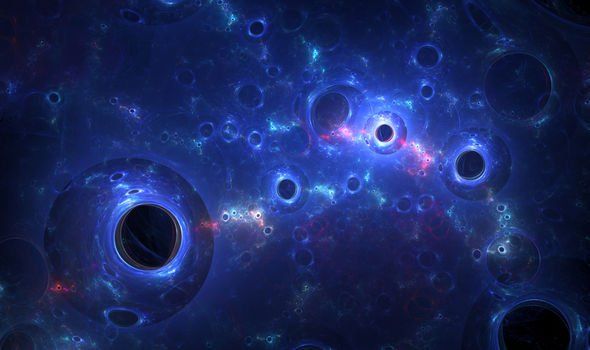
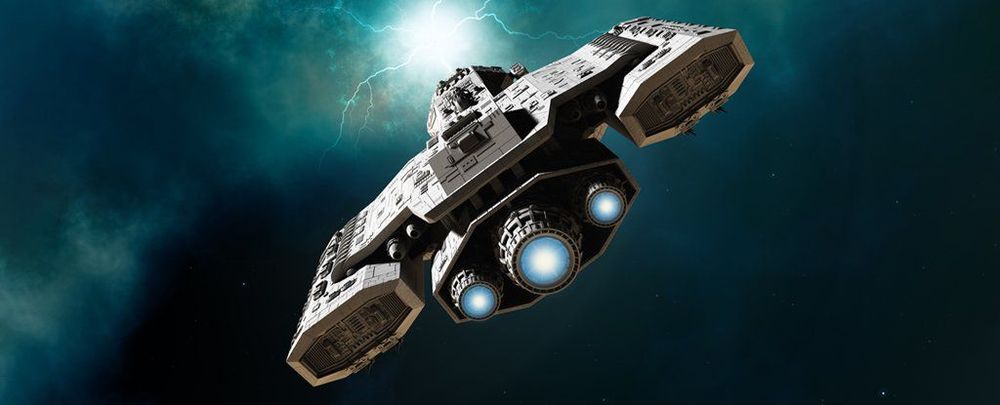
It’s hard living in a relativistic Universe, where even the nearest stars are so far away and the speed of light is absolute. It is little wonder then why science fiction franchises routinely employ FTL (Faster-than-Light) as a plot device.
Push a button, press a petal, and that fancy drive system – whose workings no one can explain – will send us to another location in space-time.
However, in recent years, the scientific community has become understandably excited and skeptical about claims that a particular concept – the Alcubierre Warp Drive – might actually be feasible.

CAS has announced the research program “Taiji” that will study gravitational waves from the merging of binary black holes and other celestial bodies.
Unlike the LIGO research conducted from a ground-based observatory, Taiji will conduct space-based detection on the gravitational waves with lower frequencies to observe celestial bodies with greater mass or located farther away in the universe, said Wu Yueliang, chief scientist of the Taiji program and an academician of CAS.
However, the gravitational wave signals from those celestial bodies are extremely weak, posing great challenges for detection. Scientists need to break through the limit of current precise measurement and control technology, Wu said.